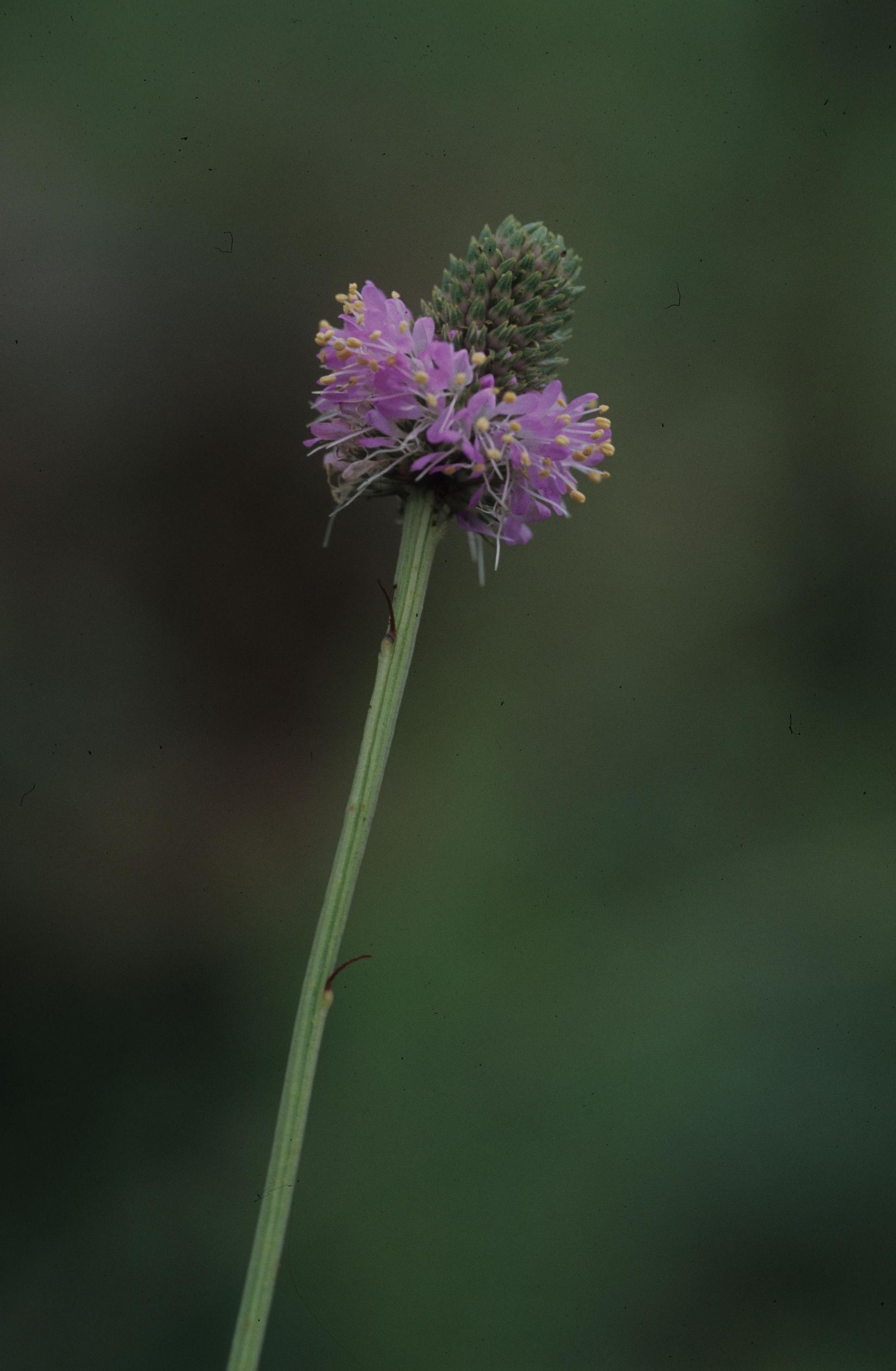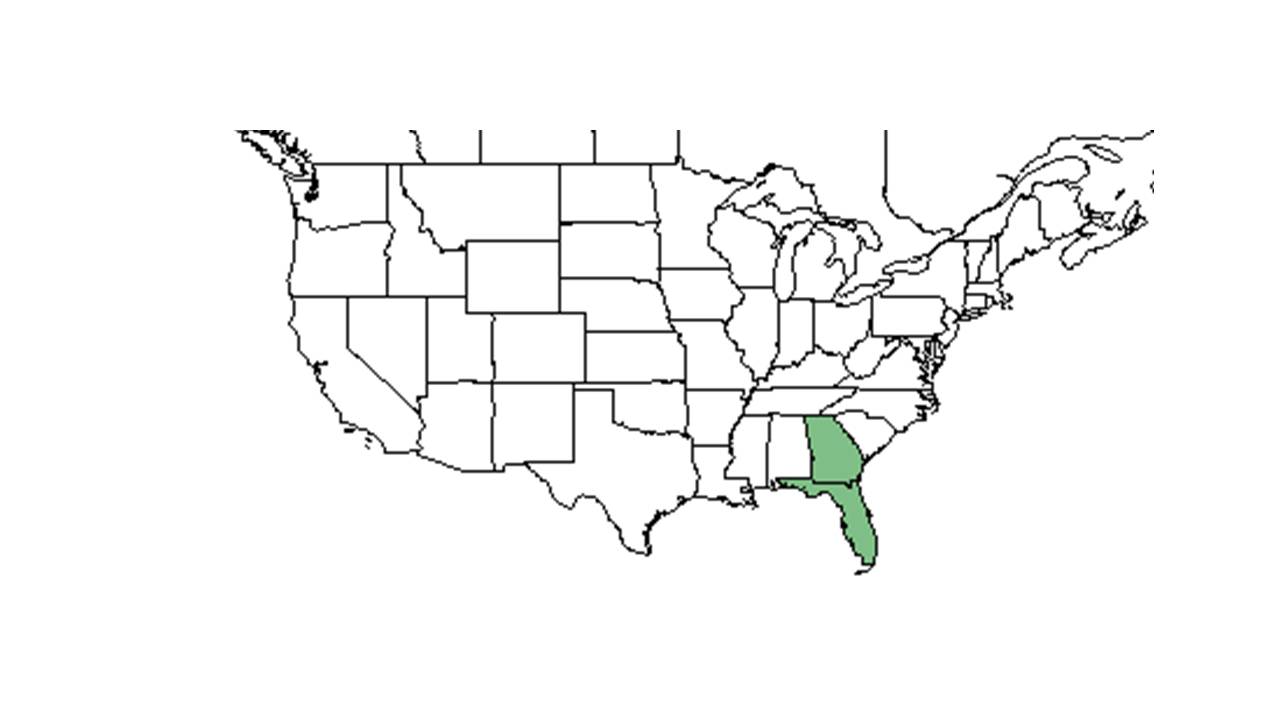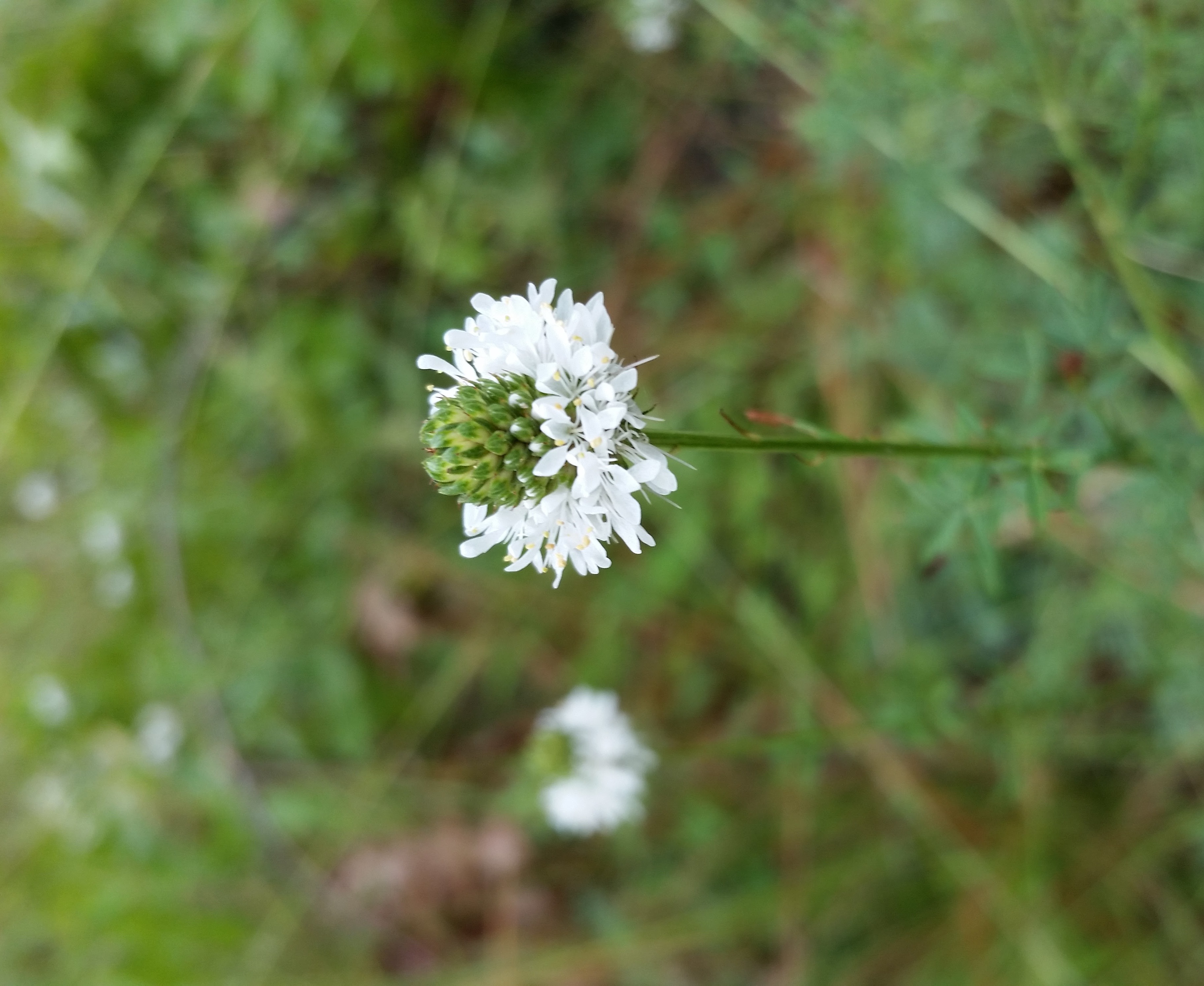Dalea carnea
| Dalea carnea | |
|---|---|

| |
| Photo was taken by Gil Nelson | |
| Scientific classification | |
| Kingdom: | Plantae |
| Division: | Magnoliophyta - Flowering plants |
| Class: | Magnoliopsida – Dicotyledons |
| Order: | Fabales |
| Family: | Fabaceae ⁄ Leguminosae |
| Genus: | Dalea |
| Species: | D. carnea |
| Binomial name | |
| Dalea carnea (Michx.) Poir. | |

| |
| Natural range of Dalea carnea from USDA NRCS Plants Database. | |
Common name: whitetassels[1], pink-tassels
Contents
Taxonomic notes
Synonyms: Petalostemon carneus Michaux[2]
Varieties: none[2]
There are three varieties. Dalea carnea var. gracilis and D. carnea var. alba have white flowers, while Dalea carnea var. carnea has pink flowers. The most widespread variety is D. carnea var. carnea.[3]
Description
Herbaceous plant with several elongate, radiating branches spreading through grasses, not erect. Decumbent. It has a turbinate lignotuber.[4]
Distribution
D. carnea occurs from central Georgia south to southern peninsular Florida.[1]
Ecology
Habitat
It is found in wet pine flatwoods, edges of cypress swamps, edges of pine palmetto habitats, Longleaf pine uplands, and in dry pine woods and savannas. It is also found in human disturbed areas such as open fields, embankments, and areas that have been logged and clear cut. It is associated with areas that have drying loamy sand, loose sand, where limestone underlies the surface in flatwoods, and well-drained slopes of Longleaf pine forests.[4]
D. carnea was found to decrease its occurrence or become absent in response to soil disturbance by agriculture in southwest Georgia. It has shown resistance to regrowth in reestablished pinelands that were disturbed by agriculture.[5]
Associated species includes Myrica cerifera, Eupatorium, Polygala, Clematis, Asclepias, Liatris, Indigofera caroliniana, cowpeas, and others.[4]
Dalea carnea var. gracilis is an indicator species for the Panhandle Silty Longleaf Woodlands community type as described in Carr et al. (2010).[6]
Phenology
D. carnea has been observed flowering from June to November with peak inflorescence in July.[4][7]
Seed dispersal
This species is thought to be dispersed by gravity. [8]
Fire ecology
Populations of Dalea carnea have been known to persist through repeated annual burns.[9]
Pollination
Bumblebees and honey bees has been observed on D. carnea.[4]
Conservation, cultivation, and restoration
D. carnea should avoid soil disturbance by agriculture to conserve its presence in pine communities.[5]
Cultural use
Photo Gallery
References and notes
- ↑ 1.0 1.1 USDA NRCS (2016) The PLANTS Database (http://plants.usda.gov, 02 February 2018). National Plant Data Team, Greensboro, NC 27401-4901 USA.
- ↑ 2.0 2.1 Weakley, A.S. 2020. Flora of the Southeastern United States. Edition of 20 October 2020. University of North Carolina at Chapel Hill, Chapel Hill, North Carolina.
- ↑ [[1]]Native Florida Wildflowers. Accessed: April 14, 2016
- ↑ 4.0 4.1 4.2 4.3 4.4 Florida State University Robert K. Godfrey Herbarium database. URL: http://herbarium.bio.fsu.edu. Last accessed: June 2014. Collectors: Allen G. Shuey, R.K. Godfrey, Richard D. Houk, P. Genelle, G. Fleming, Sidney McDaniel, R. Kral, Loran C. Anderson, Steve L. Orzell, O. Lakela, Edwin L. Bridges, Paul L. Redfearn Jr., Duane Isely, Don K. Wemple, Duane Isely, Don K. Wemple, A. F. Clewell, Robert Blaisdell, Wakulla, Cecil R. Slaughter, R. Komarek, Bill Boothe, Marcia Boothe, D. S. Correll, Robert L. Lazor, and Mark A. Garland. States and Counties: Florida: Brevard, Citrus, Clay, Collier, De Soto, Dixie, Hillsborough, Indian River, Lee, Pasco, Pinellas, Polk, Seminole, St. Johns, Taylor, Polk, Dixie, Leon, Gilchrist, Jefferson, Levy, Jackson, Calhoun, Wakulla, Wilson Baker, Liberty, Bay, Holmes, Santa Rosa, and Washington. Georgia: Charlton and Thomas. Alabama: Barbour. Mississippi: Jackson.
- ↑ 5.0 5.1 Ostertag, T. E. and K. M. Robertson. 2007. A comparison of native versus old-field vegetation in upland pinelands managed with frequent fire, South Georgia, USA. Tall Timbers Fire Ecology Conference Proceedings 23: 109-120.
- ↑ Carr, S.C., K.M. Robertson, and R.K. Peet. 2010. A vegetation classification of fire-dependent pinelands of Florida. Castanea 75:153-189.
- ↑ Nelson, G. PanFlora: Plant data for the eastern United States with emphasis on the Southeastern Coastal Plains, Florida, and the Florida Panhandle. www.gilnelson.com/PanFlora/ Accessed: 8 DEC 2016
- ↑ Kirkman, L. Katherine. Unpublished database of seed dispersal mode of plants found in Coastal Plain longleaf pine-grasslands of the Jones Ecological Research Center, Georgia.
- ↑ Robertson, K.M. Unpublished data collected from Pebble Hill Fire Plots, Pebble Hill Plantation, Thomasville, Georgia.

